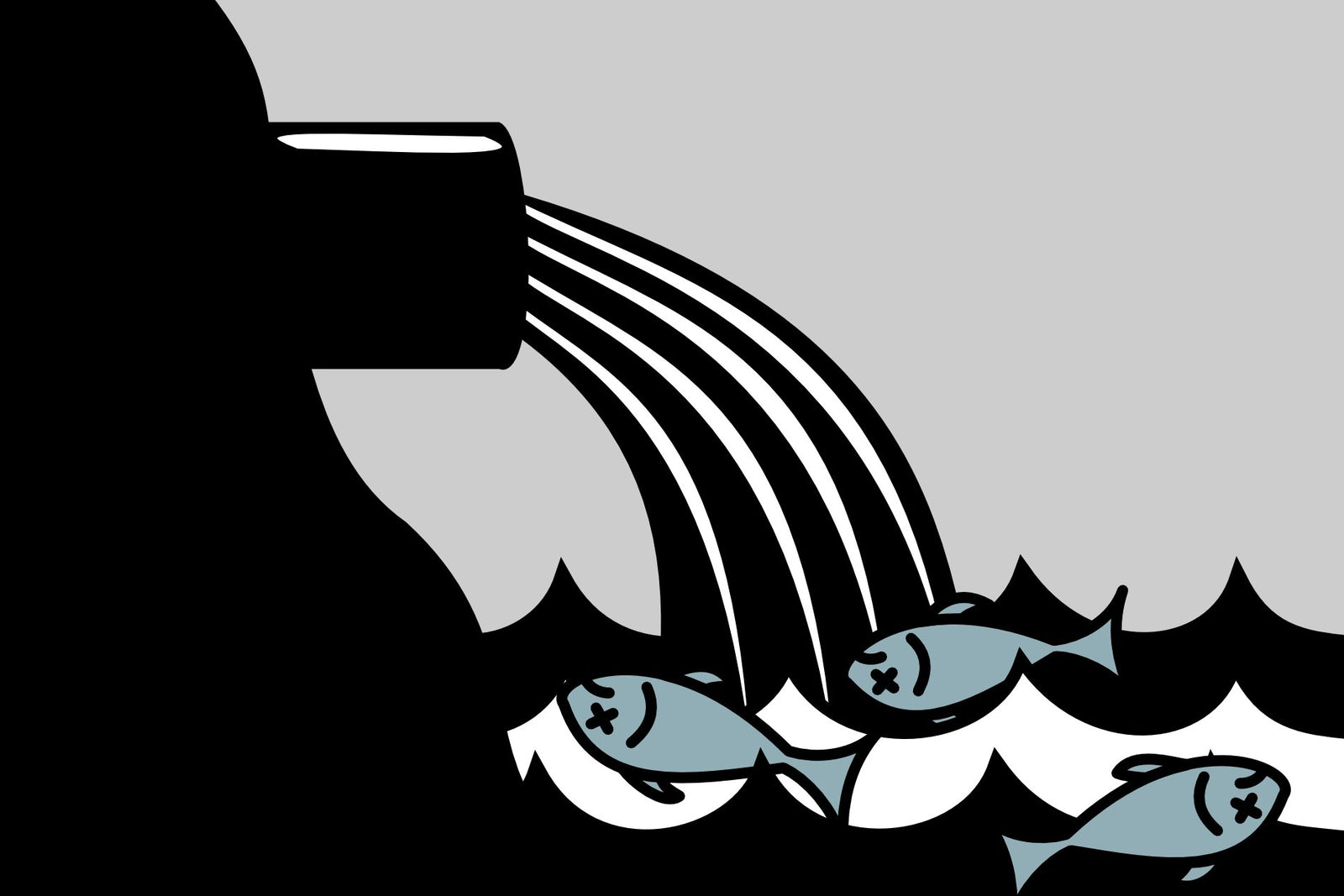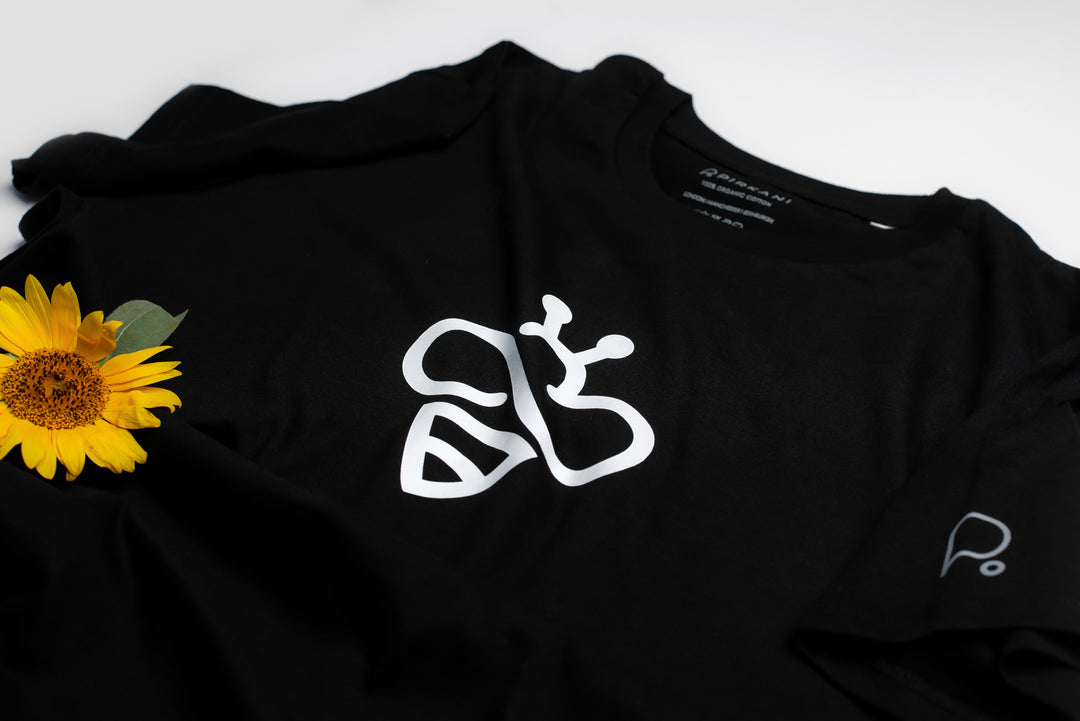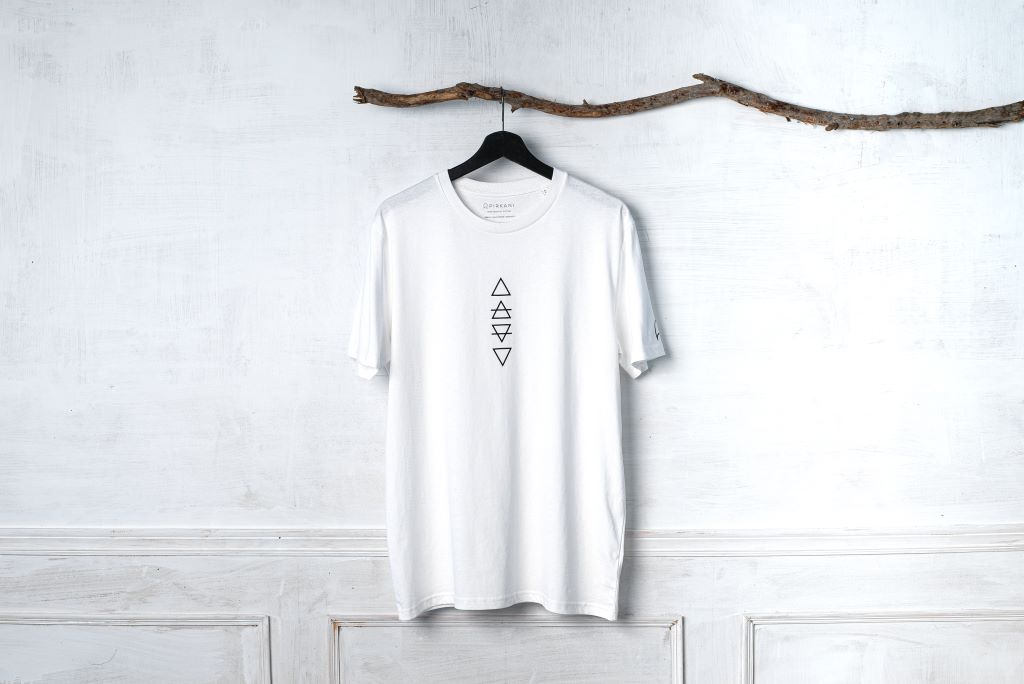Did you know? 35% of all microplastics in the ocean come from the laundering of synthetic fibres

Plastic pollution is one of the most pressing environmental threats of the 21st century. We are only now finding out about the impact of our widespread use of plastic and synthetic fibres in nearly every aspect of our lives – and the information is worrying, to say the least.
Besides the visible plastic pollution, such as plastic straws, fishing nets or water bottles, our ocean is being contaminated with microscopic plastic pollution too – microplastics – which may be even more dangerous. As of now, microplastics make up 31% of plastic pollution in the ocean, which is a striking number considering that we can’t even see them without a microscope.
According to recent research, the fashion industry is one of the most significant contributors to microplastics pollution: 35% of all microplastics in the ocean come from the laundering of synthetic fibres such as polyester, nylon or acrylic.
Microplastics shedding from synthetic fibres
One of the significant environmental impacts of plastic products is that over time, they start releasing microplastic particles into the environment. Synthetic clothing especially contributes to this, as it releases microscopic plastic fibres into the water whenever it is washed.
Often, these microscopic fibres can’t be filtered out at wastewater treatment facilities and the microplastics become a part of the water cycle, heading straight to the oceans.
The environmental impact of microplastics
We still need more research to identify how microplastics (especially those released from synthetic fibres) are impacting the world and its organisms. However, the research we currently have indicates some worrying results.
What you need to know is that microplastics can tie other toxic and harmful particles to themselves. Often, microplastics – alongside the toxins – are ingested by small marine organisms and their bulk can block their digestive tracts, leading to the animal thinking it’s full, and ultimately starving to death.
However, the small organism could also be eaten by a larger organism and – as the microplastics are making their way up the food chain – they often end up back in our homes, on the plates of those who loves eating seafood. That way, we’re ingesting the microplastics we released into the water while washing our synthetic clothing, with a side of harmful chemicals that may have been tied to the microplastic particle.
How to make your closet microplastic-free
By stopping the release of microplastics from our closets into the ocean, we can play our part in preventing plastic pollution. Here are a few simple steps you may want to take:
- Stop buying synthetic clothing – choose natural fibres such as organic cotton, linen or hemp instead.
- Don’t throw away the synthetic clothing you do have (it would release microplastics in the landfill all the same) – but try to wash it less whenever possible, or carefully dispose of them.
- Boycott brands using polyester and other synthetics without care for the environment and stop supporting the non-profit organisations doing the same.






Leave a comment